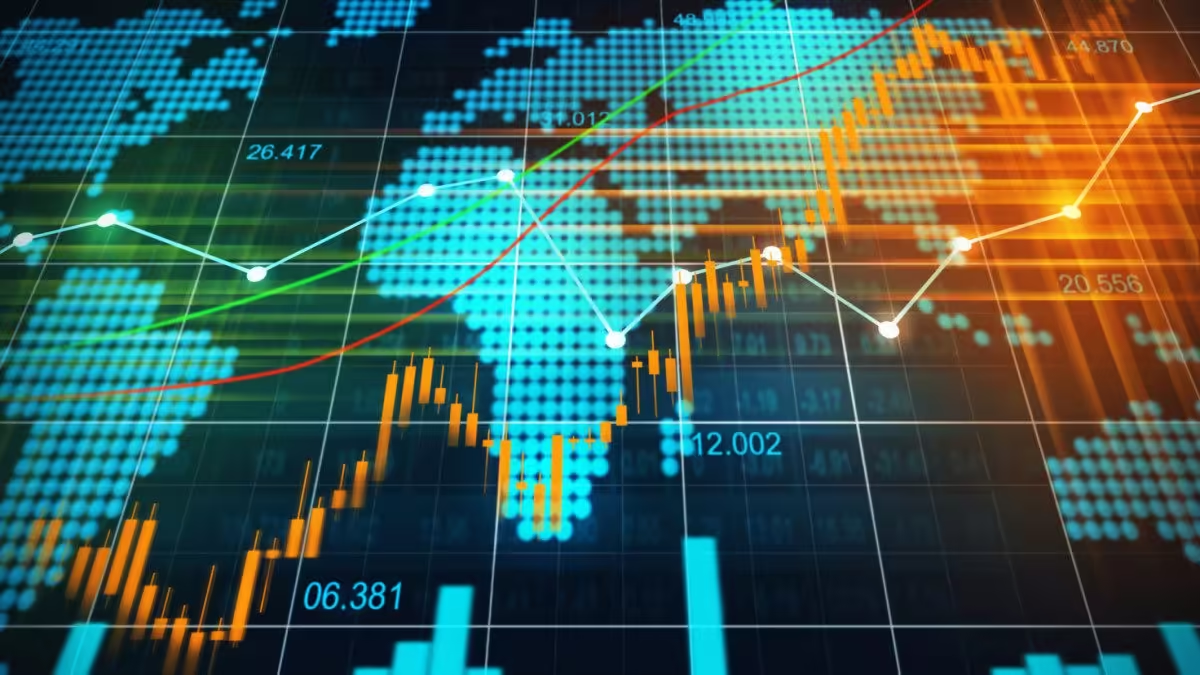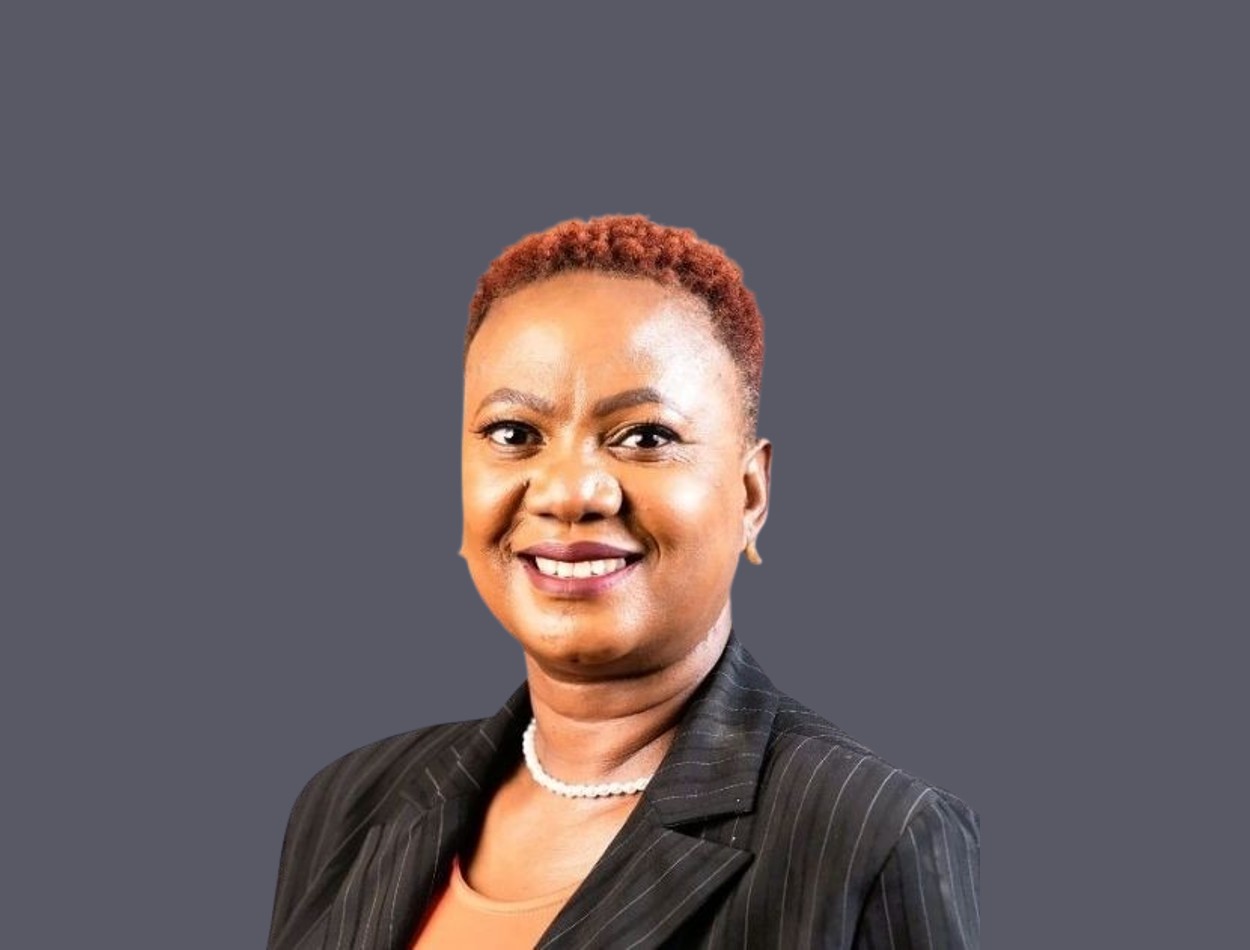Investing isn’t just for Wall Street brokers in fancy suits. Today, thanks to technology, anyone in Africa with a smartphone and internet connection can invest in global stocks—from Apple and Amazon to Tesla and Microsoft. The dream of being a shareholder in the world’s biggest companies is no longer limited to investors in the U.S. or Europe.
The key question is this: how can you buy global stocks from Africa, and what should you know before getting started? In this article, we will walk you through the process step by step, explaining what global stocks are, why they matter, how to access them safely from Africa, and strategies to maximize returns while effectively managing risk.
Contents
Why global stocks matter for African investors
Local markets in many African countries can be volatile and limited in scope. For example, the Nairobi Securities Exchange or Johannesburg Stock Exchange may not offer the same tech or healthcare giants that dominate global markets. By investing in international stocks, you:
- Diversify your portfolio – Instead of putting all your money into local companies or government bonds, you spread risk across multiple markets.
- Access high-growth industries – Sectors such as artificial intelligence, electric vehicles, pharmaceuticals, and e-commerce are driving global innovation and growth. Many of these industries have limited representation on African stock exchanges, making international investing a valuable opportunity to gain exposure.
- Protect against currency risk – Holding assets in U.S. dollars, euros, or pounds can act as a hedge if your local currency depreciates.
- Participate in global wealth creation – Companies like Apple, Google, Amazon, and other big companies generate billions every year, and as a shareholder, you own a slice of that pie.
Step 1: Understand what you’re buying
Before downloading an app and making your first trade, it’s important to understand what global stocks actually are.
- Individual stocks – Ownership in a single international company, such as Apple, Amazon, Tesla, Netflix, or others. When you buy a global stock, you own a piece of that business and your returns depend on its performance in the global market.
- Exchange-traded funds (ETFs) – Baskets of global stocks grouped together, such as; S&P 500 ETF (which holds 500 large U.S. companies), Nasdaq-100 ETF (which tracks 100 of the largest non-financial companies listed on the Nasdaq, heavily weighted toward technology and growth sectors), Thematic ETFs (e.g., clean energy, technology, healthcare), Regional ETFs (covering markets in Asia, Europe, or emerging economies), and many more.
- American Depositary Receipts (ADRs) – ADRs allow you to invest in foreign companies without buying shares directly on their home exchanges. They trade on U.S. stock markets in U.S. dollars, giving access to global giants like Alibaba, Toyota, Nestlé, and many more. This makes international investing simpler and more accessible from Africa.
For beginners, ETFs are usually a safer choice because they spread risk across many companies instead of betting on just one.
Step 2: Select a reliable investment platform
To buy global stocks from Africa, you’ll need access to an investment platform that connects you to international markets. Not all platforms are created equal, so choosing the right one is critical for both safety and returns. Here’s what to consider:
- Regulation and security – Always confirm that the platform is licensed and regulated by a reputable financial authority. This reduces the risk of fraud and ensures investor protection.
- Market access – Look for platforms that provide exposure to a wide range of global stocks, ETFs, and ADRs. The broader the selection, the more flexibility you have in building a diversified portfolio.
- Fees and commissions – Even small charges can add up over time. Compare trading fees, account maintenance costs, and currency conversion charges before committing.
- User experience – A good platform should be easy to use, with clear interfaces, research tools, and real-time market data.
- Funding options – Check whether the platform supports local payment methods such as bank transfers, debit cards, or mobile money for convenience.
By choosing a trustworthy and well-regulated platform, you set the foundation for safe and effective global investing.
Africa-based platforms that allow users to access U.S. and other international stocks/ETFs include Bamboo, Trove, Chaka, Risevest, and others.
Global platforms accessible to many African investors include Interactive Brokers, Trading 212, Capital.com, NAGA, and others.
The key point to note is that most Africa-based platforms are only open to residents of their home countries. For example, Bamboo is currently limited to Nigeria, Ghana, and South Africa. If you are in Nairobi, Zanzibar, or another African city outside these regions, you won’t be able to open an account with them directly. Note: Always check whether a platform accepts investors from your specific country before signing up.
For African investors in countries not covered by Africa-based apps, the better option is to use global platforms such as Interactive Brokers, Trading 212, Capital.com, or NAGA which are open to many African markets and provide access to U.S. and other international stocks/ETFs.
Note: Always check based on your location, since some global platforms may or may not be accessible in certain African countries due to regulatory restrictions.
Step 3: Set up your account
Once you pick a platform, here’s what you can expect:
- Sign up online or via app – Register with your email and create an account.
- KYC (Know Your Customer) verification – Upload your ID (passport, national ID, or driver’s license) and sometimes proof of address (Utility bill issued within the last 3 months or bank statement showing your name and address).
- Selfie / live verification – Many platforms require a quick selfie or short video to confirm your ID matches.
- Link payment method – Most platforms support deposits via bank transfer, debit/credit card, or mobile money (like M-Pesa in Kenya or MTN Mobile Money in Ghana).
- Fund your account – Start small with what you’re comfortable investing. Even $10–$50 can buy you fractional shares.
Step 4: Decide what to buy
This is where the fun begins—but also where many beginners get stuck. Should you go all in on Tesla? Or spread across different companies?
Here are three strategies:
- Go with ETFs – For beginners, this is the easiest and safest path. Popular options include:
- S&P 500 ETF (SPY) – Provides exposure to 500 of the largest publicly traded companies in the U.S., offering broad market coverage.
- Nasdaq 100 ETF (QQQ) – Tracks 100 of the largest non-financial companies listed on the Nasdaq, with a strong focus on technology and growth sectors.
- Global ETFs – For example, the Vanguard FTSE All-World ETF (VWRA), which gives investors diversified access to thousands of companies across both developed and emerging markets worldwide.
- Pick global giants – If you prefer individual stocks, stick to strong brands like Apple, Microsoft, Google etc. These companies are stable and global.
- Mix it up – Create a portfolio with 70% ETFs and 30% handpicked stocks you believe in.
Rule of thumb: Don’t put all your money in one company. Spread across sectors (tech, healthcare, energy, finance) for balance.
Step 5: Understand costs
Investing isn’t free. Different platforms charge different fees, and you should know them upfront:
- Trading fees/commissions – Some apps charge per trade, while others are commission-free.
- Currency conversion fees – If you’re depositing local currency, there’s usually a conversion fee into USD or another foreign currency.
- Withdrawal fees – Some platforms charge when sending money back to your local bank or mobile wallet.
Example: If you invest $100, don’t be surprised if $2–$5 goes to fees depending on the platform. Always read the fine print.
Step 6: Manage risks
Global stocks can be rewarding, but they come with risks:
- Market risk – Prices can go up and down fast.
- Currency risk – If the dollar strengthens, you gain; if your local currency strengthens, your dollar returns might shrink.
- Liquidity risk – Some smaller stocks may be harder to sell quickly.
How to manage this?
- Only invest money you don’t need immediately.
- Diversify across sectors and ETFs.
- Hold for the long term instead of chasing quick profits.
Step 7: Think long-term
Investing is not gambling. If you expect to double your money in a month, you’ll likely be disappointed. Instead, think in terms of 5–10 years.
Example: If you had invested $1,000 in Amazon 10 years ago, you’d have over $10,000 today. Patience pays.
Set a goal: maybe you want to build a $10,000 portfolio by age 30, or you’re saving for retirement. Regularly add to your investments, even if it’s just $50 a month. Over time, compounding works its magic.
Common mistakes to avoid:
- FOMO (fear of missing out) investing – Don’t buy a stock just because it’s trending on social media. FOMO investing often leads to buying high and selling low, since emotions (hype, panic) drive decisions instead of analysis. Instead, do your own research. Look at the company’s fundamentals, long-term growth potential, and whether it fits your portfolio strategy.
- Ignoring fees – Small charges add up and eat into profits. Compare platforms before you invest. Choose brokers with low commissions, minimal currency conversion fees, and clear withdrawal costs.
- All-in on one stock – Even big names can fall (remember Enron or Lehman Brothers?). Diversify your investments across sectors, ETFs, and different markets to spread risk and reduce the impact of any single stock dropping.
- Panic selling – Markets dip. It’s normal. Selling too soon locks in losses. Stick to your long-term plan. Focus on regular contributions, ignore short-term volatility, and remember that markets generally recover over time.
Buying global stocks from Africa is not just possible; it’s becoming increasingly accessible. With the right platform, knowledge, and strategy, you can own shares of the world’s biggest companies and grow your wealth beyond borders.
Start small, stay consistent, and think long-term. The earlier you start, the more time your money has to grow.






